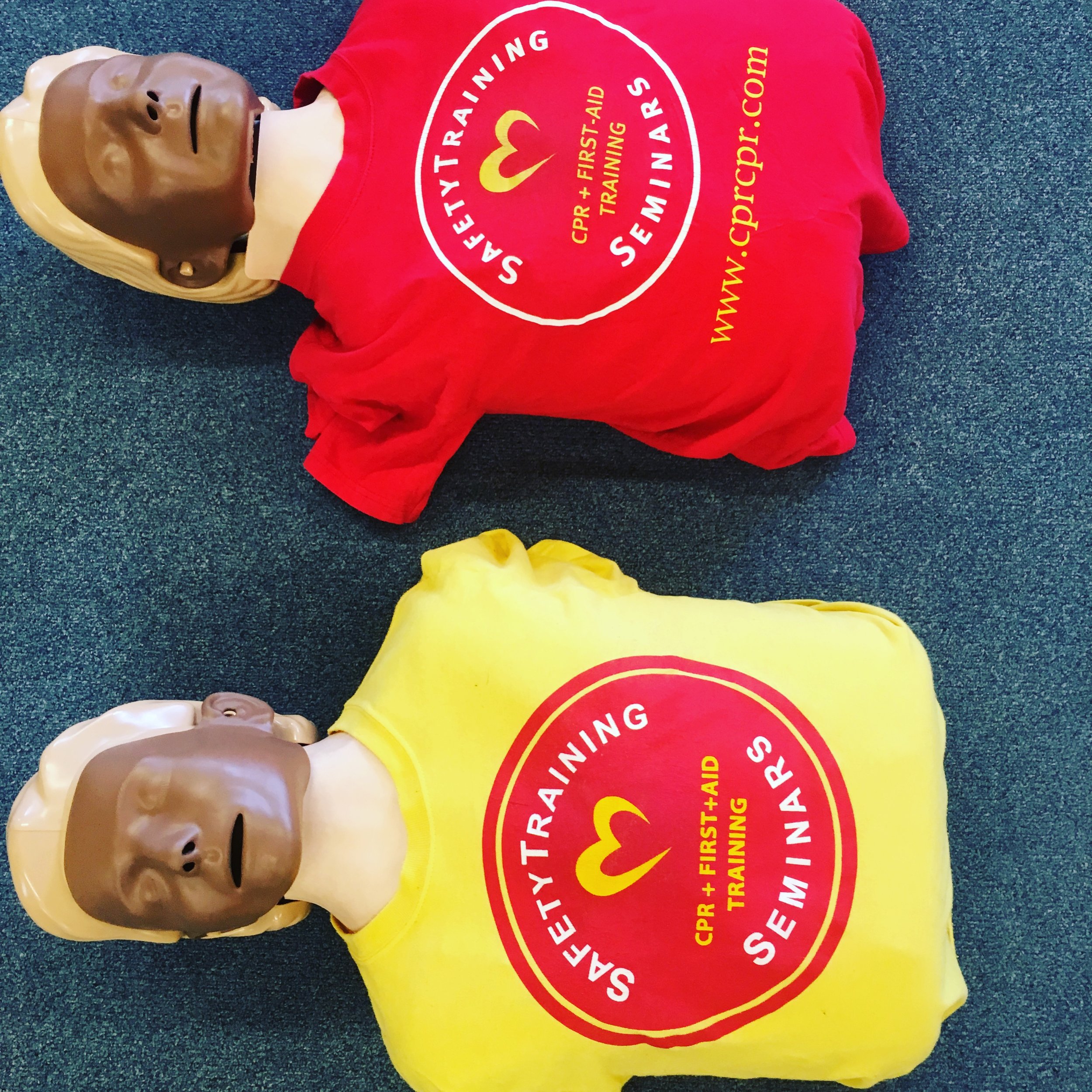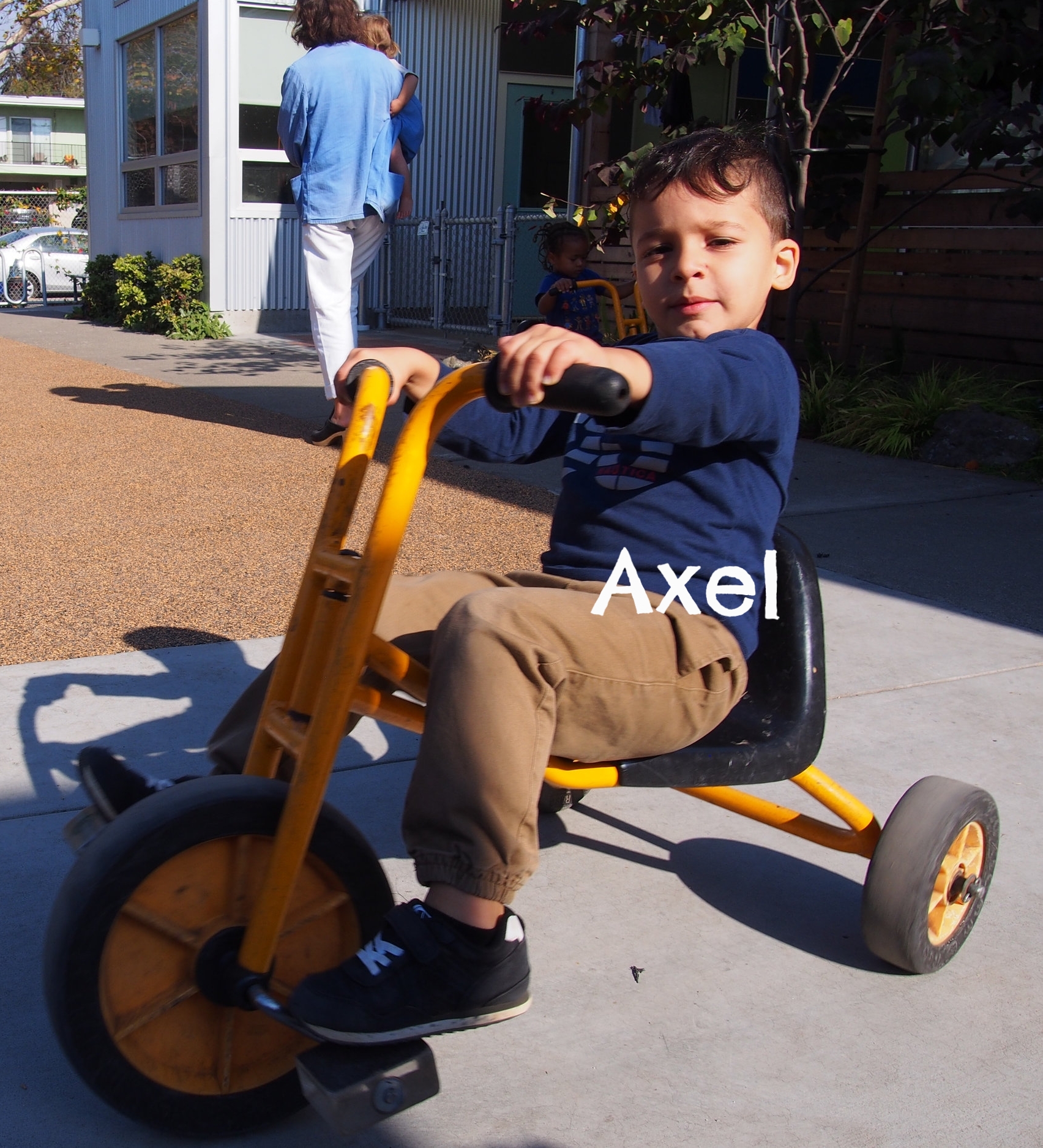We imagine many of you are busily stocking up on sweet potatoes, apples, squash, turkey, potatoes, garlic, and thyme. Perhaps you will gather around a table on Thursday with friends and family and give thanks for your life’s blessings. We at Nia House share in this reflective season, we offer thanks for community, food, family, and provide the children the opportunity to name their gratitude. We have begun to collect ingredients from the community to make a Thankful Soup that the children will sous chef by chopping vegetables. Our community of children and teachers will enjoy the soup on Wednesday (feel free to pack a regular or lighter lunch).
Our work as educators, however, does not end with this important lesson of thankfulness. We believe it is our social responsibility to introduce cultural celebrations and history in accurate and age appropriate ways. The tale of Thanksgiving is told in many different ways. Here is a bit of insight into how we tell it here at Nia House.
Each circle time at Nia House builds upon and adds to the next. History is held in a linear model; stories root in a spiral form as annually we cycle through geography, place, ecology, culture, time and where we as humans fit in this interconnected continuum. Thus, the tale of Thanksgiving never stands separate from the elements that inform this cultural celebration- history, people, place, culture, and conflict.
We are keenly aware of the responsibilities to honor indigenous people; to offer children contemporary conceptions of North America’s first people; to provide accurate maps, precise names and locations of Native communities, folklore, and current imagery of indigenous people and life stories through books. The telling of the Thanksgiving does not adhere to a Eurocentric narrative describing the Americas as open land or a place to be discovered. Rather, the fullness of Native American life before the arrival of Europeans is detailed.
The history of the arrival of Europeans to North America is a violent one. Educators are faced with the task of offering a true story that is developmentally appropriate to preschoolers. Though we do not shy from using the words colonialism and conflict, we are sensitive to our very young audience. Teachers use role play to help children engage and we pause to allow children to share how they would feel and what they might do differently. Here is an example of some of the language used at Nia House to describe American history at the moment of European arrival (see video below):
























































































